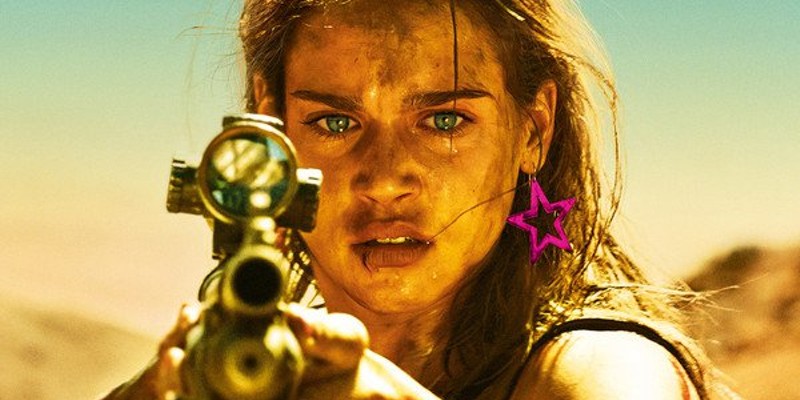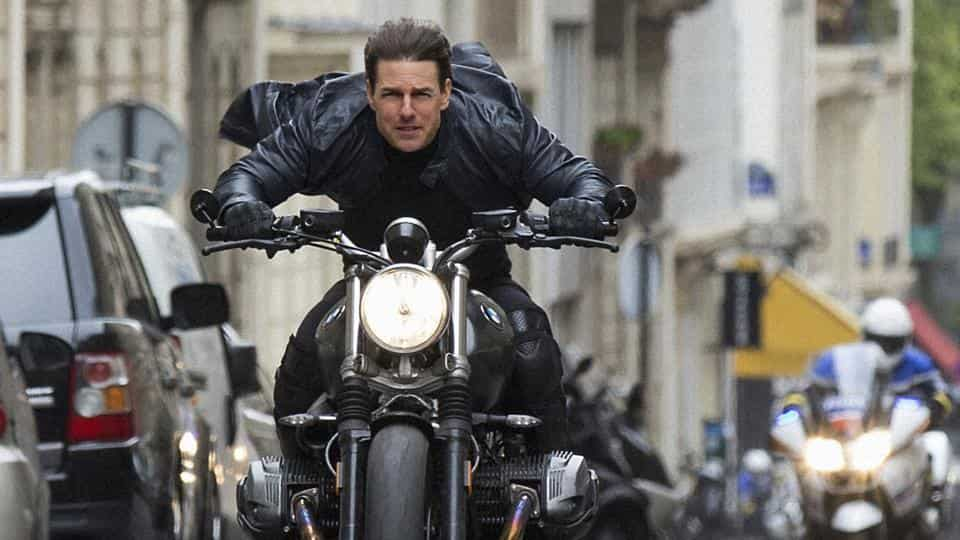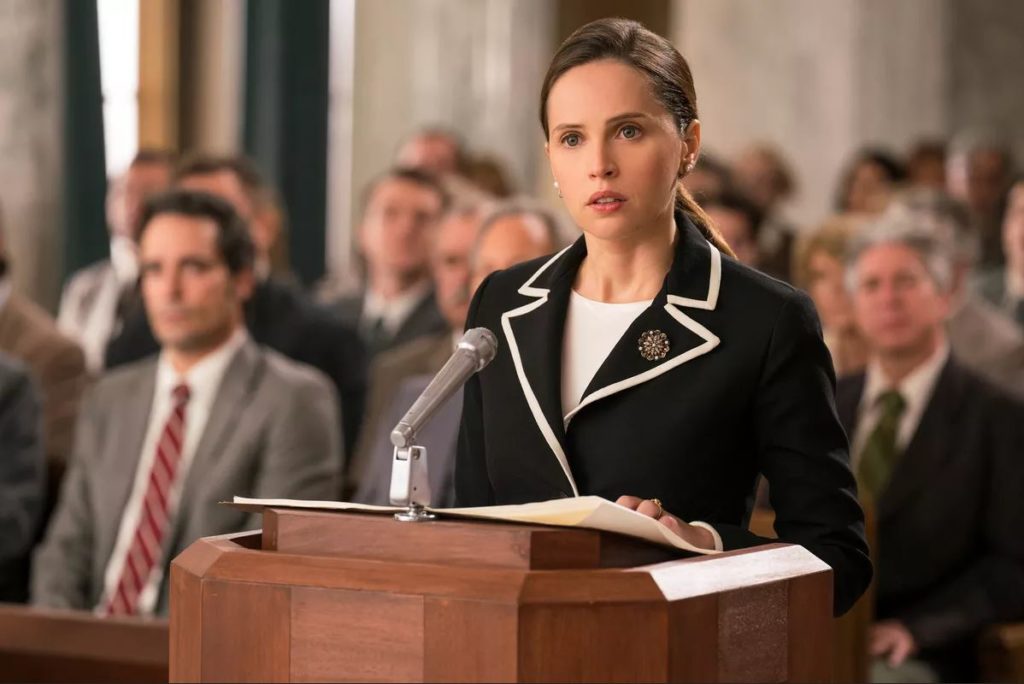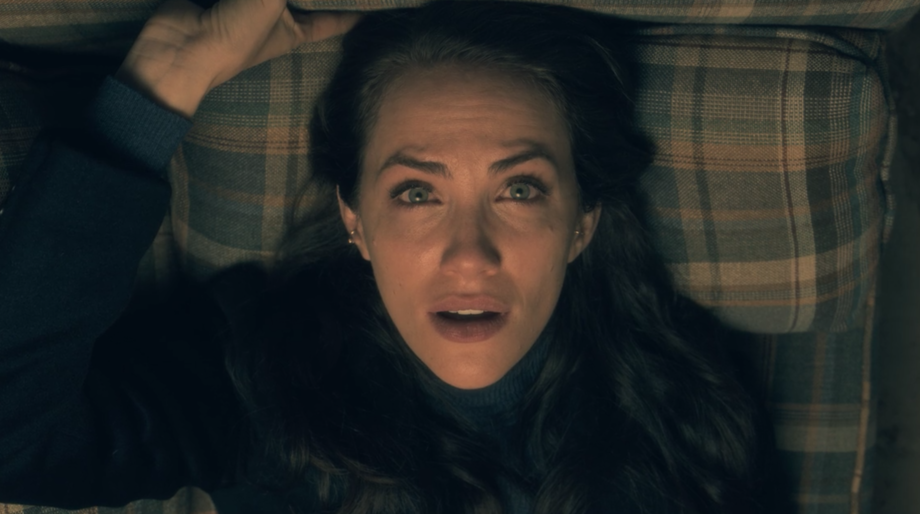Oscars 2018: The Odds and Ends
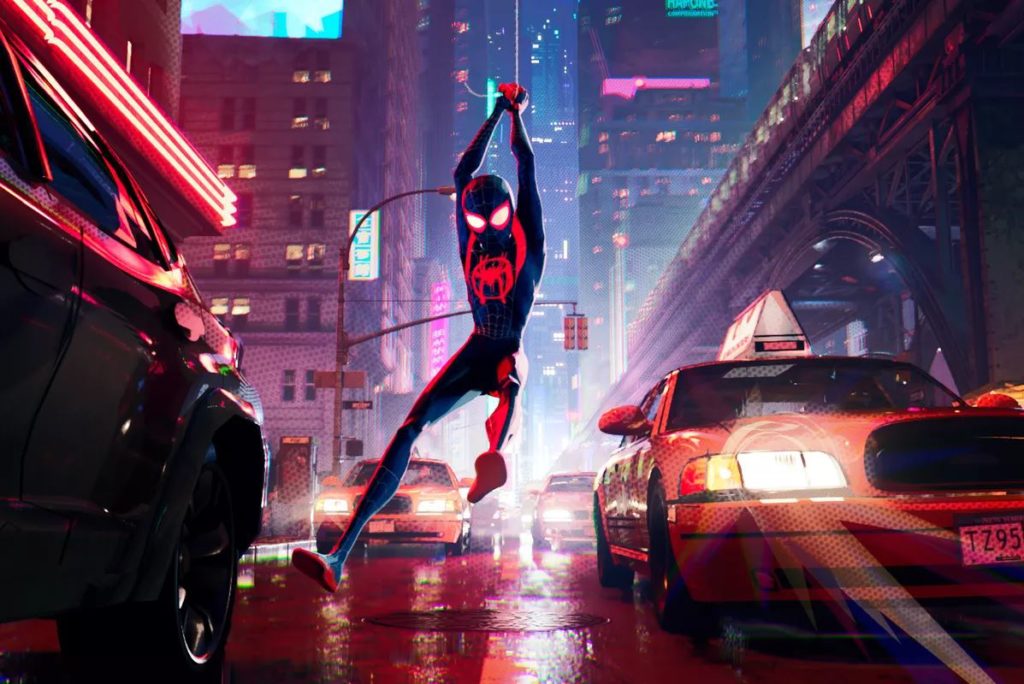
Welcome to Oscars Week! If you’re less than excited about Sunday’s annual cinematic gala, you might well be a producer for the show! Suffice it to say that it’s been a rough month for the Academy of Motion Picture Arts & Sciences, as they introduced one dubious revision to the telecast after another—no live song performances; no prior year’s winners as presenters; shunting the announcements for four categories to commercial breaks—only to walk back each change in the face of virulent criticism from the moviegoing public. (And let’s not forget the risible “Best Popular Film” category that was introduced in August before being mercifully scrapped a month later.) Enthusiasm for the ceremony may vary, but this parade of failures has left the sour impression that the people who care least about the Oscars happen to be in charge of running this year’s Oscars.
For my part, I no longer view the Oscars as hugely important. But I still think they have value, both as a historical record—literally, what were they thinking?—and as an opportunity to honor a bunch of movies that are, by and large, pretty good. Sure, I disagree with the Academy’s chosen winners more often than not, but that disagreement doesn’t automatically render their selections terrible. Besides, the arguments are part of the fun.
And so, over the next week, we’ll be running through our predictions and preferences in all 21 features categories (sorry, I don’t weigh in on the shorts because I know absolutely nothing about them). Today, we’re ripping through eight below-the-line fields that I dismissively dub “the odds and ends”, which is just a way to distinguish them from the five other crafts categories that I’m more passionate about. If you happen to care deeply about sound mixing or costume design, I apologize if I’ve insulted you. Also, get over it. Read More

